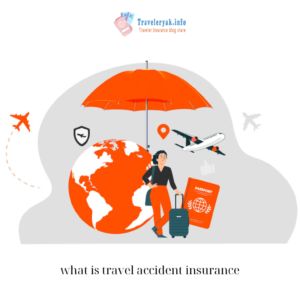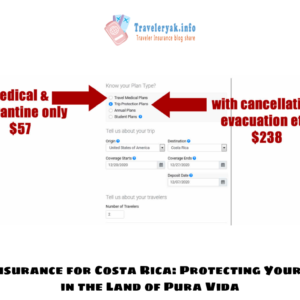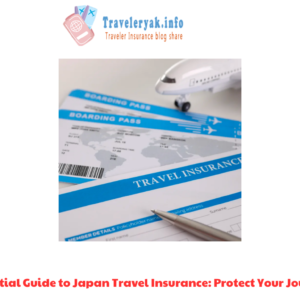Natural disasters can strike anytime and anywhere, and being prepared for such an event is crucial. Travel insurance can help you stay safe in the face of a natural disaster, but it’s important to understand what’s covered and how to use it. In this article, we’ll explore the ways in which travel insurance can help you stay safe in a natural disaster.
Understanding Travel Insurance Coverage
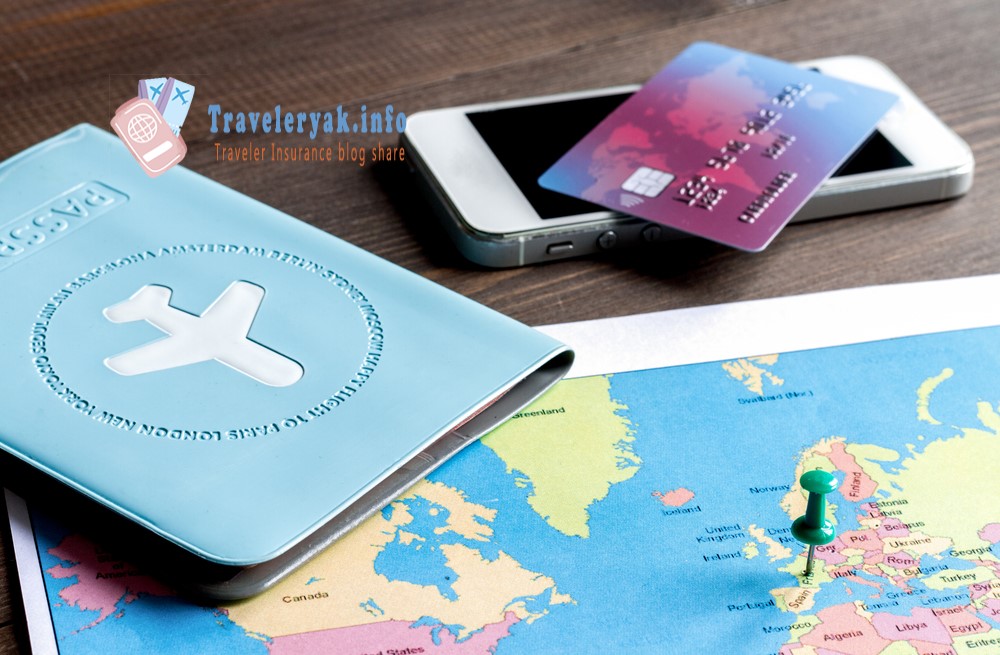
Before we delve into the specifics of how travel insurance can help in a natural disaster, it’s important to understand what types of coverage are available. Travel insurance typically covers trip cancellation and interruption, medical expenses, emergency evacuation, and baggage loss or delay. Some policies also offer coverage for natural disasters, but the specifics of this coverage can vary greatly.
When purchasing travel insurance, be sure to carefully read the policy and understand what’s covered and what’s not. Look for policies that specifically mention coverage for natural disasters, and make sure that the coverage is adequate for your needs.
Types of Natural Disasters Covered
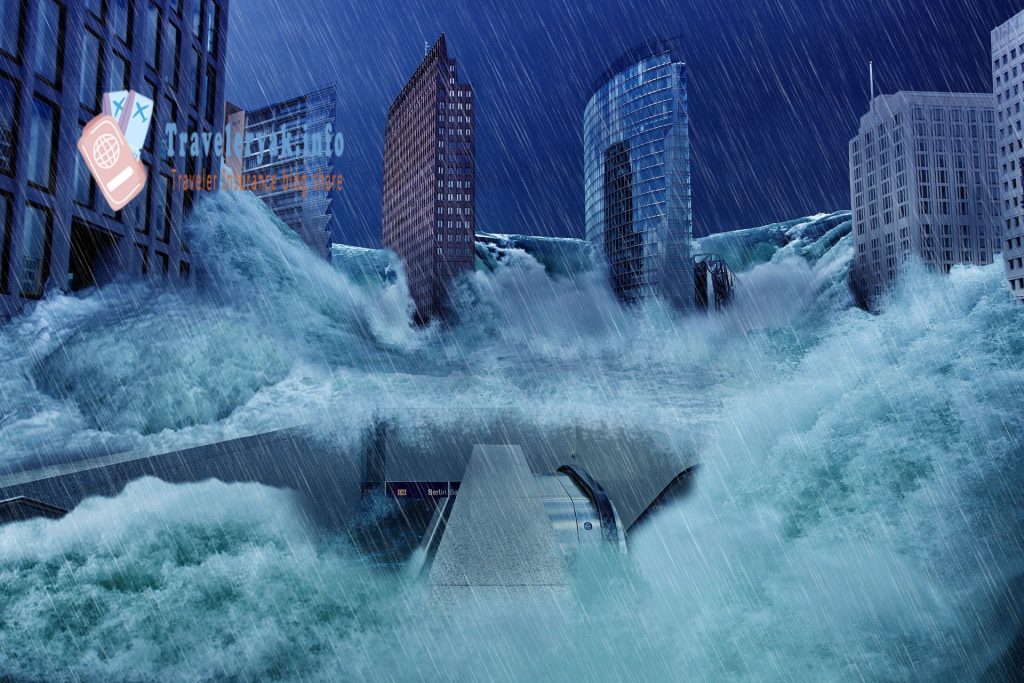
Tornadoes and Severe Storms
Tornadoes and severe storms are one of the most common types of natural disasters reported in the United States. These meteorological events are characterized by high winds, heavy rain, and lightning strikes, and can cause significant damage to buildings, vehicles, and other structures. Tornadoes are particularly dangerous due to their rapid speed and unpredictable path, making them difficult to predict and prepare for.
Hurricanes and Tropical Storms
Hurricanes and tropical storms are large-scale weather systems that are characterized by strong winds and heavy rain. These types of natural disasters are typically associated with coastal regions, where they can cause significant damage to homes, businesses, and infrastructure. The high winds associated with hurricanes and tropical storms can also cause storm surges, which can lead to flooding and damage to coastal areas.
Floods
Floods are caused by excessive amounts of rainfall, rapid snowmelt, or a failure of infrastructure such as levees or dams. They can occur anywhere and at any time, causing significant damage to property, infrastructure, and communities. Floods can be particularly dangerous due to their ability to cause significant damage in a short amount of time and their ability to impact large areas.
Wildfires
Wildfires are natural disasters that are typically caused by lightning strikes, human activity, or a combination of the two. They can spread rapidly and are particularly dangerous in areas with dry vegetation and high winds. Wildfires can cause significant damage to property, infrastructure, and the environment, and can also pose a significant threat to human health and safety.
Earthquakes
Earthquakes are natural disasters that occur when there is a sudden release of energy in the Earth’s crust, causing seismic waves. They can cause significant damage to buildings, infrastructure, and communities, and can also pose a significant threat to human health and safety. The intensity of earthquakes is measured on the Richter scale, which ranges from 1 to 10, with higher numbers indicating more severe earthquakes.
Drought
Droughts are natural disasters that occur when there is a prolonged period of below-average precipitation in a given area. They can cause significant damage to agriculture, water supply, and the environment, and can also pose a significant threat to human health and safety.
How Travel Insurance Can Help in a Natural Disaster
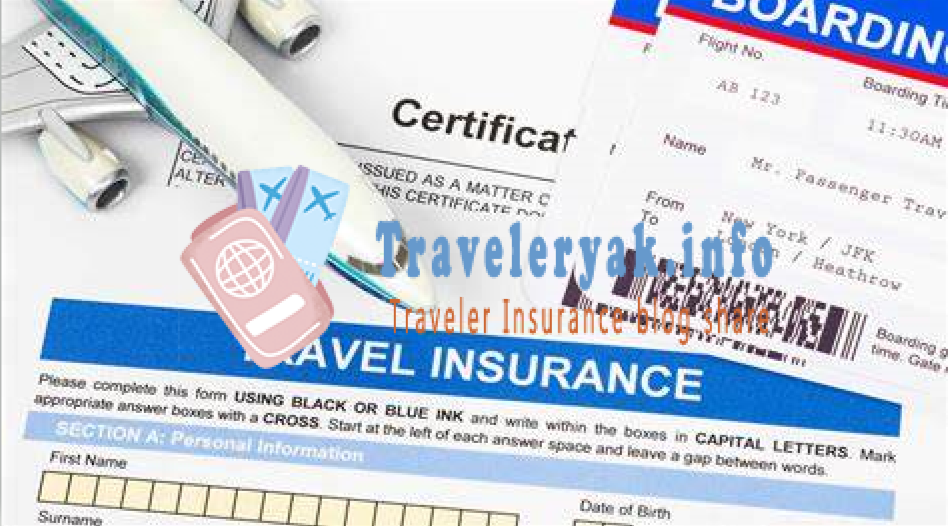
Now that we’ve covered the basics of travel insurance coverage, let’s explore how it can help in a natural disaster.
Trip Cancellation and Interruption
If a natural disaster strikes before or during your trip, you may need to cancel or interrupt your travel plans. Travel insurance can provide coverage for these costs, including the cost of unused travel arrangements and additional expenses incurred due to the disruption.
Medical Expenses
If you are injured or become ill during a natural disaster, travel insurance can help cover the cost of medical treatment. This can include emergency medical care, hospitalization, and evacuation to a medical facility.
Emergency Evacuation
In the event of a natural disaster, it may be necessary to evacuate the area quickly. Travel insurance can help cover the cost of emergency evacuation, including transportation to a safe location and medical care during the evacuation.
Baggage Loss or Delay
If your baggage is lost or delayed due to a natural disaster, travel insurance can help cover the cost of replacing essential items or purchasing new clothing and toiletries.
Additional Tips for Staying Safe in a Natural Disaster
While travel insurance can help you stay safe in a natural disaster, there are also steps you can take to minimize your risk. Here are a few additional tips:
- Research the destination before you travel to understand the risks of natural disasters in the area.
- Create a plan for what to do in the event of a natural disaster, including how to contact local authorities and where to go for shelter.
- Pack an emergency kit with essentials such as food, water, and first aid supplies.
- Stay informed about the latest developments and warnings regarding natural disasters in the area.
Conclusion
Travel insurance can provide valuable coverage in the event of a natural disaster, but it’s important to carefully read the policy and understand what’s covered and what’s not. By taking steps to minimize your risk and being prepared for the worst, you can stay safe and protect your investment in your trip.

